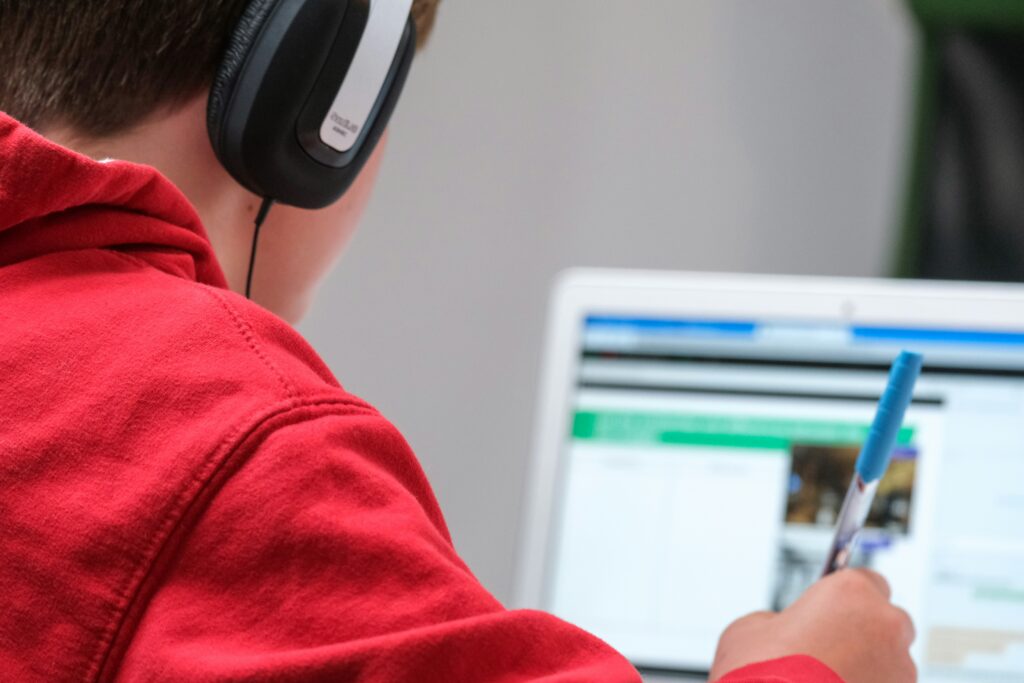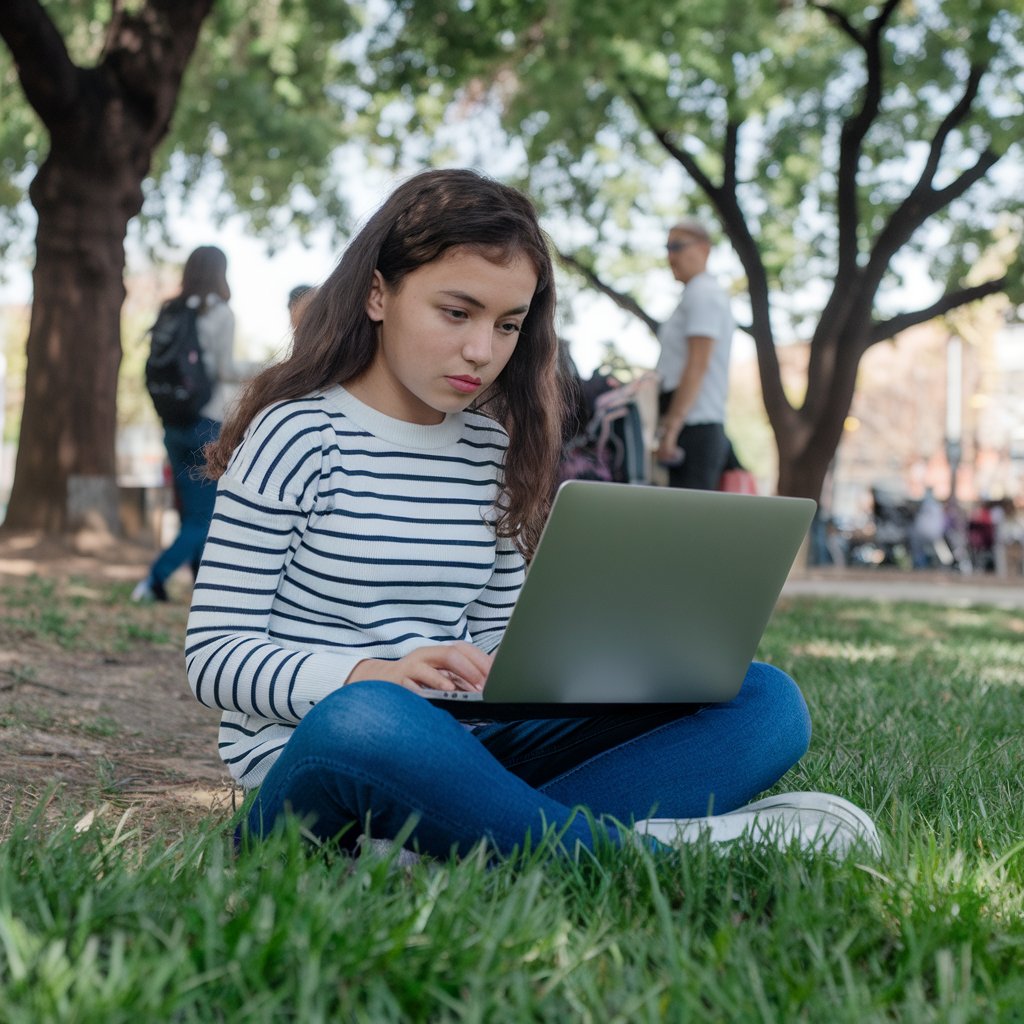Introduction
Education has come a long way, evolving from the classic textbooks of traditional classrooms to the digitalized, global online learning platforms. In the old days, traditional classroom learning was the only way to receive a formal education. But now, online education is making big waves. So, which one is better for students in the future – traditional learning or online education? Let’s explore why online education might be shaping the future more than traditional methods.
What Is Online Education ?
Online education is learning that happens over the internet. Where classes, lectures and resources are delivered through digital platforms. Students can attend classes, submit assignments and even graduate, online. It provides students with the flexibility to study from anywhere, at any time, making education more accessible than ever.
The Rise of Online Education
Online education has become extremely popular in recent years. Why because It’s very flexible, easy to access and can be done from anywhere and is also cost-effective. With online learning, students can attend classes from across the globe while managing their personal and professional lives.

Advantages of Online Education
1. Personalized Learning Pace
One of the best things that online education offers is that you can go at your speed. You can spend more time on topics that are difficult and breeze through the ones you already know. It will be very helpful for slow learners.
2. Access to More Resources
Online education gives you access to a wider range of resources, including videos, articles and interactive tools. This allows for deeper learning compared to traditional settings, which may have limited resources.
3. Cost – effectiveness
Online education is cheaper than traditional schooling. There are no commuting costs and many online courses offer lower tuition fees. Digital textbooks and resources are more affordable than their physical counterparts.
4. Learning from Anywhere in the World
With online education, you’re not limited by location. You can take classes from any institution around the globe without needing to relocate or commute.

What Is Traditional Learning ?
Traditional learning refers to the conventional method of education where students gather in a physical classroom, led by a teacher. Traditional learning happens in physical classrooms where students and teachers meet face-to-face. It’s the structured model most of us grew up with, where learning is confined to a specific time and place.
Challenges of Traditional Learning
- Limited Flexibility: Traditional education requires students to follow a fixed schedule. For those balancing jobs, family or other commitments, this lack of flexibility can be a major problem.
- Cost of Education: Attending traditional schools, especially universities, often comes with high tuition fees, textbooks, accommodation and commuting costs.
- Geographical Constraints: If a student doesn’t live near a quality educational institution, they may have to relocate or commute a long way which adds to the financial burden and it also disrupts personal life.
Comparing Online Education and Traditional Learning
Flexibility
Traditional learning offers a rigid schedule with fixed class times, but online education allows for flexibility. It allows students to balance their other commitments more easily.
Quality of Education
Both methods can offer high-quality education, but that depends on the institution and the course. Accredited online courses are becoming more respected, but in some fields, traditional learning is still considered more valuable.
Student Engagement
In traditional classrooms, engagement is more direct, with lively discussions and active participation. Online education tries to replicate this through discussion boards and live chats.
How COVID-19 Pushed Online Education Forward
The COVID-19 pandemic forced schools and universities to adopt online learning quickly. While it was a challenging transition, it showed the benefits of online education, making it a permanent part of many institution’s teaching methods. The pandemic also led to the rise of hybrid learning models, where students can combine online and in-person classes.
Technological Integration in Education
Technology is transforming education, with tools like virtual classrooms, online assessments and digital resources becoming mainstream. Whether in traditional or online settings, technology is enhancing the learning experience and bridging the gap between the two methods.
Which is Leading the Future of Learning ?
Looking at current trends, online education seems to be shaping the future. It offers more opportunities for students to learn in ways that suit their needs and with advancements in technology, it’s only going to get better.
Conclusion
Online education is emerging as a powerful option for students worldwide. It’s flexible, affordable and accessible, making it a great alternative to traditional learning. Both online education and traditional learning have their unique strengths and challenges. While online learning provides more flexibility and accessibility.

Leave a Reply